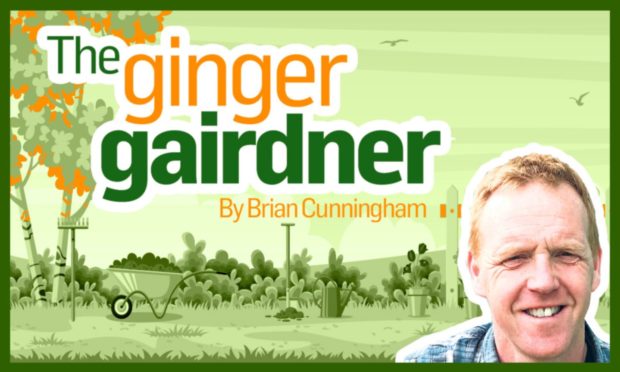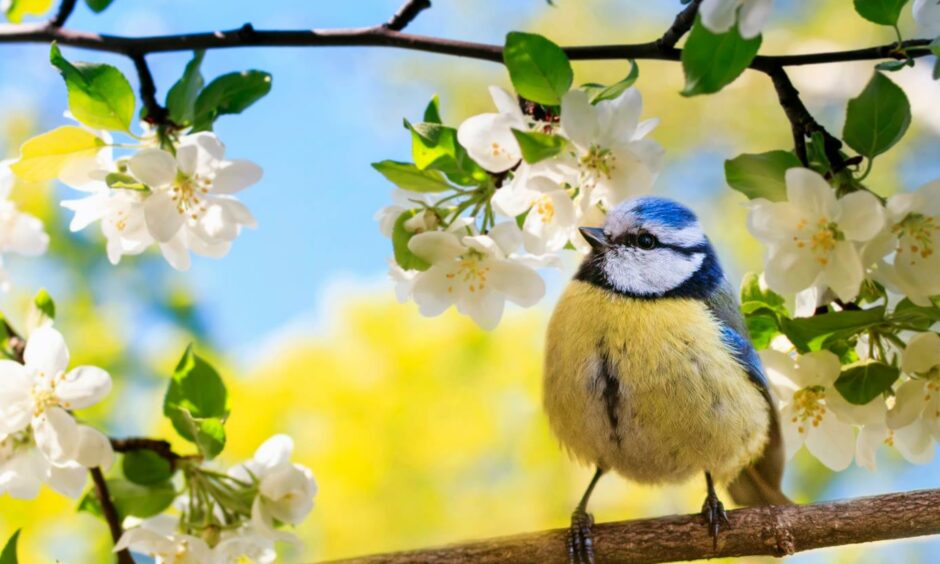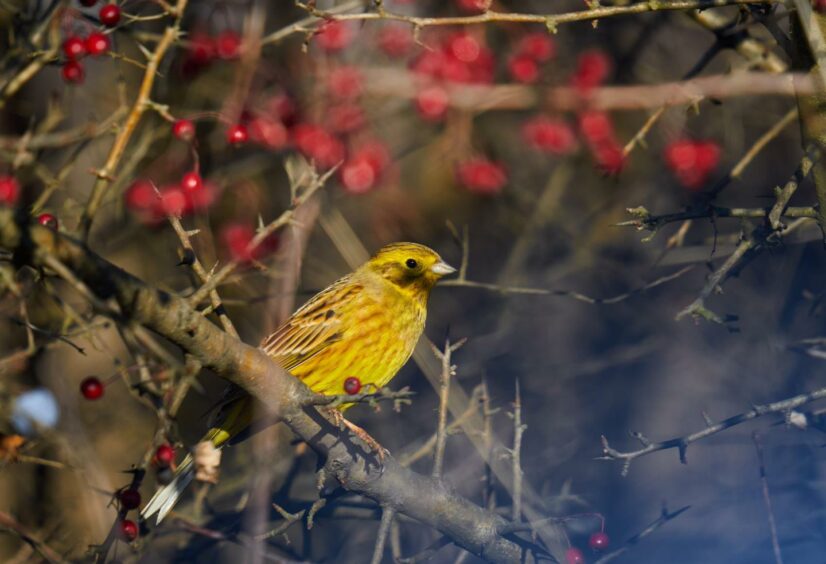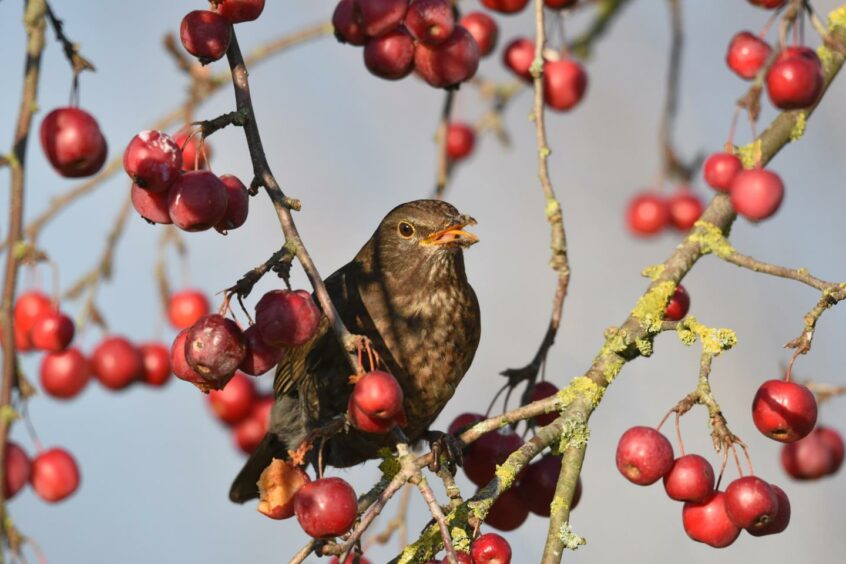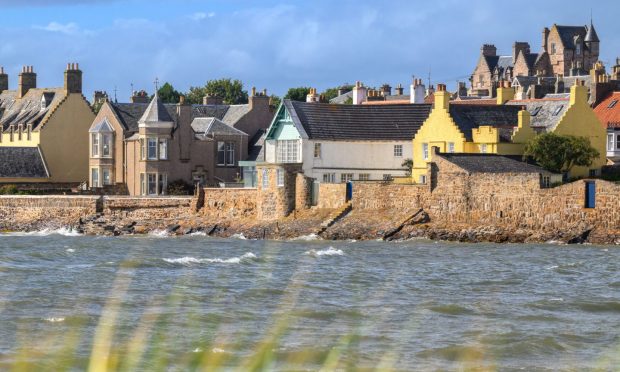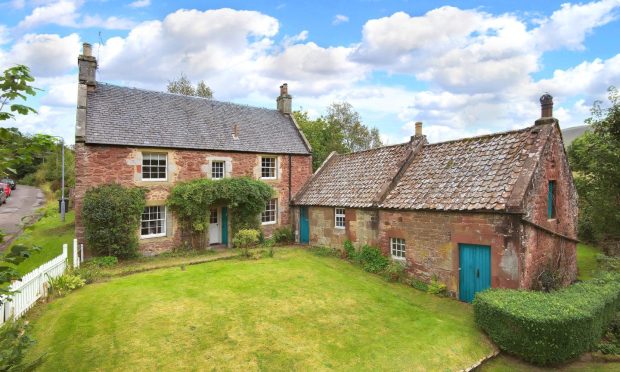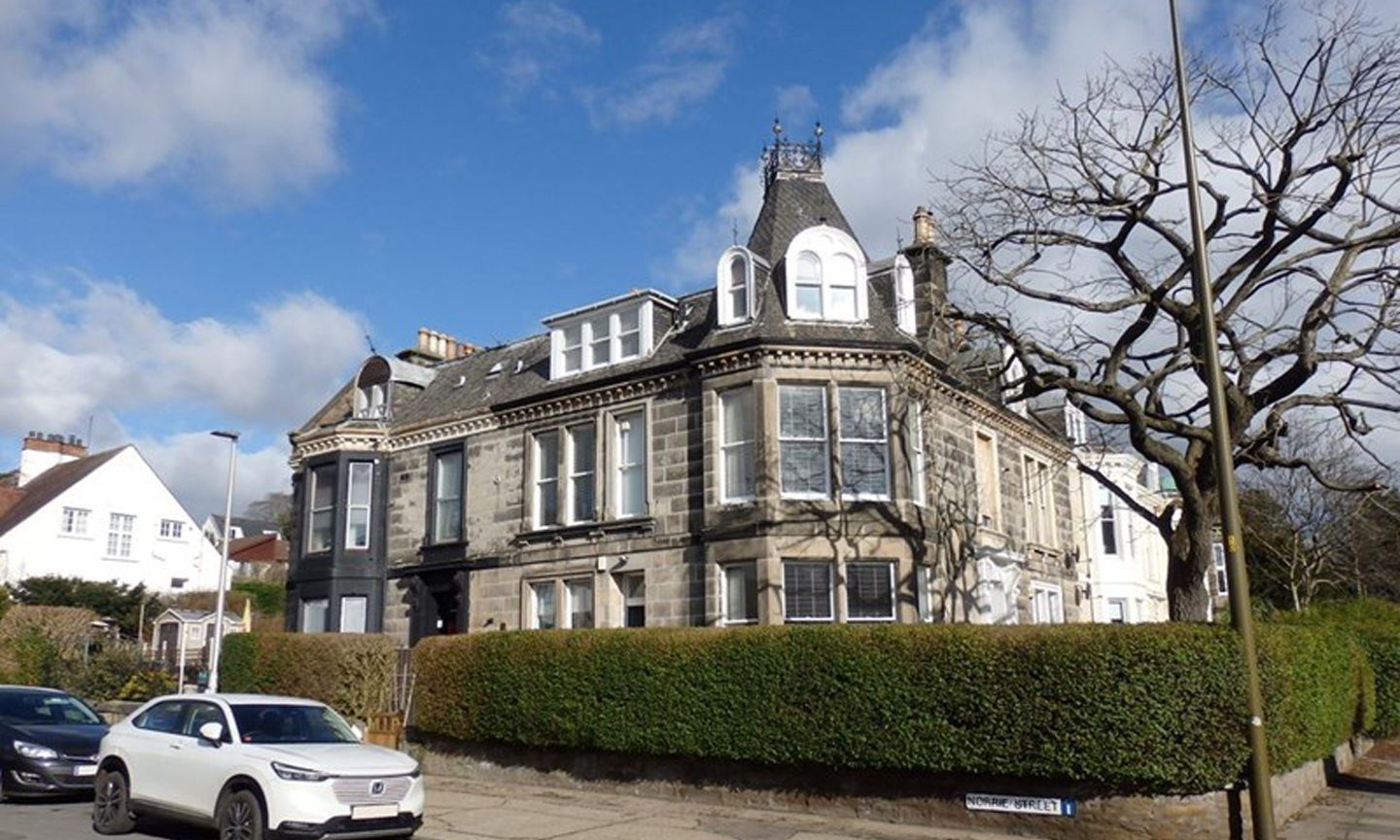It stood out for me during the first lockdown in 2020.
Without the constant hum of vehicles moving along the A93 that runs just outside where I live and work, the birdsong could be heard so much louder and clearer.
During that time of stress and anxiety for us all, I know for me hearing this every morning was something I appreciated and enjoyed all the more.
Certainly a more pleasant and uplifting sound to the usual start to the day, hearing the horns of irate drivers.
This dawn chorus from blackbirds, thrush, blue tits and great tits plus all the other birds I’m lucky enough to share the garden with, really is beautiful and the best way to start the day.
Sometimes it felt like they were making a right racket.
I wish I knew what they were gibbering on about but being spring and the start of the breeding season, I don’t suppose it takes much imagining.
Not only is the sound of garden birds good for my soul they are also good for the health of my garden.
Birds keep the pests down
They feed on pests such as caterpillars and aphids that can attack our plants. Another good reason for not using pesticides.
Birds to me really are a welcome sight when they pop in and pay a visit to your garden, new visitors often catching us by surprise.
I remember the first time I saw a bullfinch.
I was head down and working away, lost in my own thoughts, when I was brought back by an unfamiliar sound.
Glancing up the first thing that caught my eye was the beautiful, bright pink-red breast and cheeks I didn’t recognise from any bird that I had seen before.
They also have grey wings and a black head from the eyes up this being described as a cap.
Nowadays I can also recognise a bullfinch from behind through the white flash on their backs as they fly away after I’ve disturbed them.
I found it so exciting to see a different kind of bird in the garden and made me want to see and learn more of them and more importantly, getting them to work for me.
Putting up bird feeders
The first thing we did when we moved into our current home is the simplest thing we can all do and that is put up bird feeders.
We put it in the border that sits right in front of the sitting room window, where we have the perfect view to enjoy them.
We weren’t all that successful at first to be honest. Although the house had trees on two sides, the garden itself was quite bare of plants.
It wasn’t really until a few years later, as our new beech hedge and shrubs established, that we started to notice a real difference.
It’s fascinating to watch the birds use these plantings as cover.
I can hear them hiding in the hedge before making the short distance to our apple tree in the middle of the lawn then the final 16ft trip to the bird feeder in safety.
And boy do they need it!
We’re now lucky to enjoy seeing woodpeckers, goldfinches, tree creepers and long-tailed tits amongst the new visitors to our garden.
Unwelcome visitors
There have been occasions we’ve had an unwelcome visitor too. A sparrowhawk.
These are smaller birds of prey, recognisable by their bluish-grey back and wings with orange-brown bars on their chest and belly.
They’re predators, mainly surviving on the wee birds that I enjoy seeing in my garden so not overly welcome though I must admit, they’re still fascinating to see.
How we manage the space outside our homes can go a long way to helping garden bird populations.
How to make birds welcome
Instead of brick or stone walls and fences the dense vegetation of hedges and shrubs make the perfect site for building a nest.
Choose plants for hedging that also produce berries such as hawthorn, Berberis or Cotoneaster.
Not only will their colourful fruits become an attractive feature for us to enjoy but will also act as a food source for birds.
Crab apples (Malus) and Mountain Ash (Sorbus) are ideal tree choices also giving us spring flowers and in the case of the later colourful autumn foliage.
Our native Yew and Holly varieties excellent evergreens with berries.
As the flowers of the summer border turn over to seed don’t be too hasty to cut them down trying to be tidy.
The seeds of teasel and sunflowers are there to be enjoyed by goldfinches and sparrows.
The RSPB’s Big Garden Birdwatch
January can be a dull month but taking part in the annual RSPB ‘Big Garden Birdwatch’ is something The Cunningham Clan look forward to.
To help the experts understand the health of the nations bird population, this weekend we are all being encouraged to sit down for an hour, counting their numbers and the different kinds that come in to our garden.
If you don’t have a garden yourself you can still join in by relaxing in a quiet spot of your local park or favourite walk and count the birds there.
